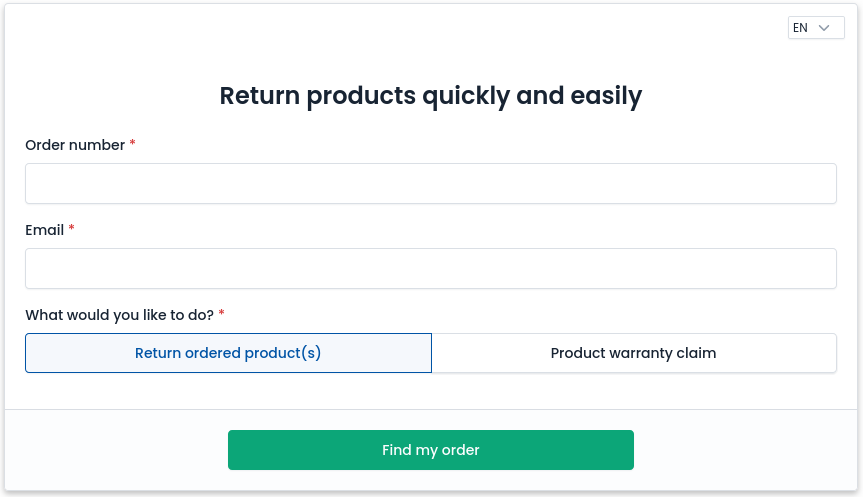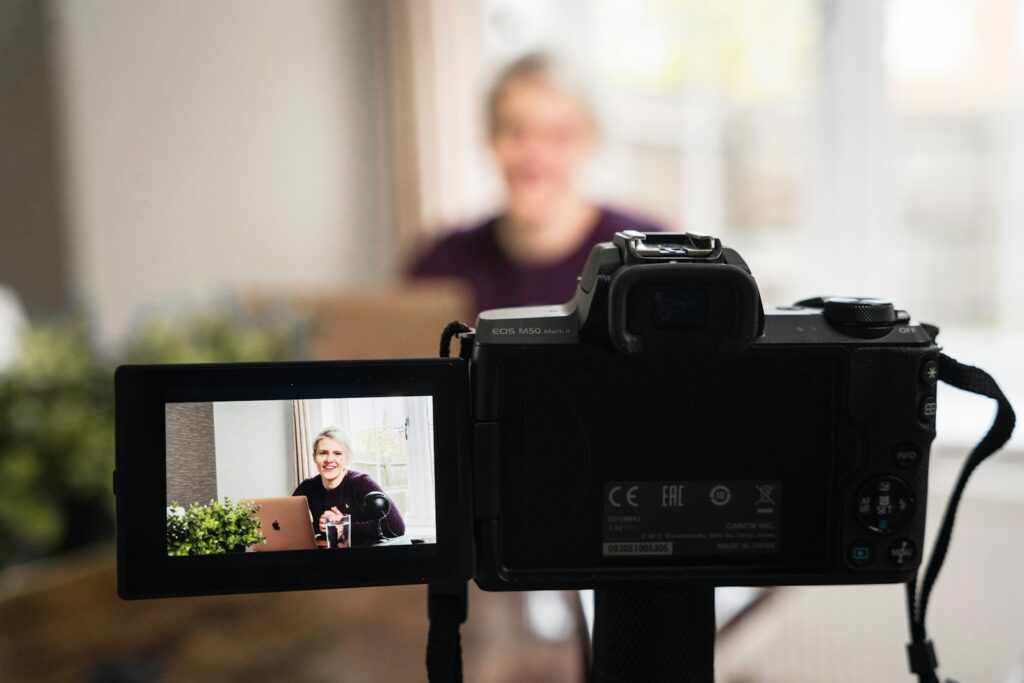
The goal of well-organized post-sale customer service is not only to solve emerging problems and respond to customer queries but above all to build long-lasting relationships that translate into loyalty and repeat purchases. In today’s rapidly changing e-commerce world, companies must go a step further to stand out from the competition. This means that it is no longer enough just to react to customer needs – you need to be one step ahead, offering added value that will make the customer want to spend more time with the brand, and their shopping experience becomes more than just a transaction.
Key elements of post-sale customer service
Technical and service support
This is a basic element of service that includes help in solving technical problems and answers to product-related questions. It is important that support is easily accessible, quick, and effective.
How Amazon does it: As an e-commerce market leader, Amazon focuses on fast and efficient technical support. The company offers a comprehensive help center, live chat, and telephone support. Amazon also uses AI to pre-sort customer inquiries, which allows for faster delivery of answers to the most frequently asked questions.
Return and complaint handling
Efficient handling of returns and complaints is crucial for customer satisfaction. Automating this process, e.g., through the RetJet platform, can significantly improve customer experiences and streamline business operations. Additionally, it can help easily implement a return process similar to industry leaders.

How Zalando does it: European fashion giant Zalando is known for its exceptionally easy return process. Customers can return products for free up to 100 days after purchase, which is a much longer period than the standard 30 days offered by most stores. The process is simplified through an easy return form, pre-sale return labels, and a well-organized logistics system.
Loyalty programs
Loyalty programs that reward customers for repeat purchases or referring a product to others are an effective way to build long-term relationships.
How Sephora does it: Sephora, a global chain of cosmetic stores, offers one of the most extensive loyalty programs in the e-commerce industry. The “Beauty Insider” program rewards customers with points for every purchase, which can be exchanged for products, special offers, and even exclusive experiences. The program has several levels, encouraging more frequent and larger purchases.
Post-purchase communication
Regular, personalized communication after purchase maintains the relationship with the customer and informs them about new products, special offers, or product availability.
How Apple does it: Apple is a master at building customer relationships post-purchase. The company sends personalized emails with tips on using purchased products, invites to participate in free workshops (online and in-person), and offers detailed user guides and technical support. This ensures customers feel valued by the company, and their experience with the product is continuous and comprehensive.

Added value strategy
To be proactive and build even stronger relationships with customers, companies can offer tools and services that make the customer want to spend more time with the brand. Here are a few examples of how this can be done:
For clothing stores
Virtual dressing room: Using augmented reality (AR) to create a virtual dressing room that allows customers to try on clothes in the comfort of their own home. This not only facilitates the decision to purchase but also reduces the number of returns.
Styling guides: Offering customers access to exclusive styling guides that help make use of purchased clothes in various combinations, increasing their satisfaction with the purchase and inspiring further purchases.
Examples:
ASOS and Zara: Both stores invest in virtual dressing room technology. ASOS offers the “See My Fit” feature, which allows customers to see how products look on models of different sizes and body shapes. Zara has introduced AR in its stores, allowing customers to view models wearing clothes after scanning a product label.
H&M: The company offers styling guides on its website and mobile app, inspiring customers to create new outfits from purchased clothes, which increases their satisfaction with the purchase and encourages further purchases.

For the electronics industry
Webinars and online courses: Providing customers with webinars and online courses on using purchased devices, new technologies, or software. Education increases the value of the purchased product and builds positive experiences.
Upgrade programs: Offering hardware upgrade programs where customers can exchange an old model for a new one with a surcharge. This not only increases loyalty but also keeps customers within the brand’s ecosystem.
Examples:
Samsung: Offers customers webinars and online courses to help them fully utilize the capabilities of purchased devices. Samsung has also launched an upgrade program that allows customers to exchange older phone models for new ones, keeping them in the brand’s ecosystem.
Apple: Through the Apple Trade-In program, customers can return their old devices in exchange for credit, which they can use to purchase new products. This encourages them to stay within the Apple ecosystem and increases their loyalty to the brand.

For the travel industry
Personalized travel guides: Creating personalized travel guides based on customer preferences and interests, which help discover unique attractions and experiences during travel.
Travel support apps: Offering a mobile app that not only facilitates travel planning (e.g., flight reminders, reservations) but also offers exclusive discounts and deals on local attractions.
Examples:
Airbnb: Offers personalized guides created by hosts, which help discover unique attractions and experiences in the area of the rented place.
Booking.com: The mobile app of this booking platform offers flight reminders, reservations, and exclusive discounts on tourist attractions, making travel planning easier and enriching the customer experience.
For the health and beauty industry
Personalized health and beauty plans: Offering customers access to personalized health or beauty plans that help achieve their goals related to well-being and appearance.
Virtual consultations with experts: Enabling customers to have virtual consultations with experts, such as dietitians, personal trainers, or dermatologists, which adds value to purchased products and services.
Examples:
MyFitnessPal: Although not a traditional store, the app offers personalized health and beauty plans, including diet and exercise tracking, which help users achieve their health goals.
Sephora Virtual Artist: Sephora uses AR to enable customers to have virtual consultations with experts and try out makeup products, which adds value to purchased products and services.

How to start
Starting primarily requires understanding the needs and preferences of your customers. Conduct market research or surveys to find out what additional services might interest them. Then, choose the technology or platform that will help you implement these ideas. RetJet, which facilitates and automates the handling of returns in your online store, thereby increasing customer trust and satisfaction, is a good example.
How to measure effectiveness
The effectiveness of such actions can be measured by analyzing user engagement with the offered tools (e.g., time spent in the app, frequency of use), customer loyalty growth (e.g., purchase repetition, participation in loyalty programs), and direct customer feedback.
Summary
Proactive actions within post-sale customer service can significantly impact building long-lasting relationships with customers. By offering more than just a product, brands can increase customer loyalty and stand out from the competition. Remember that the key to success is understanding and meeting the needs of your customers, as well as continuously adjusting the offer to the changing market.
